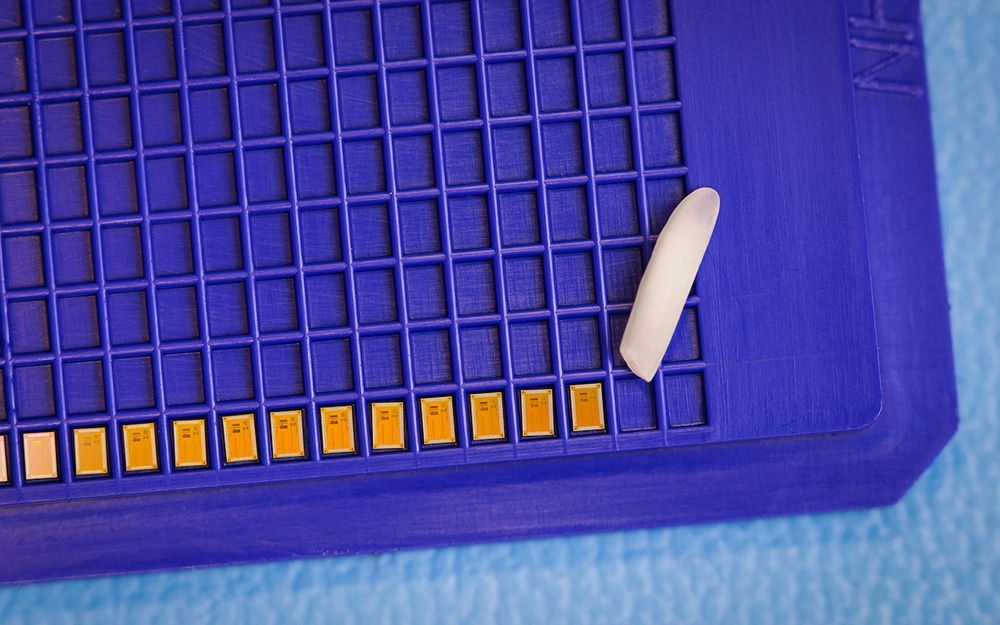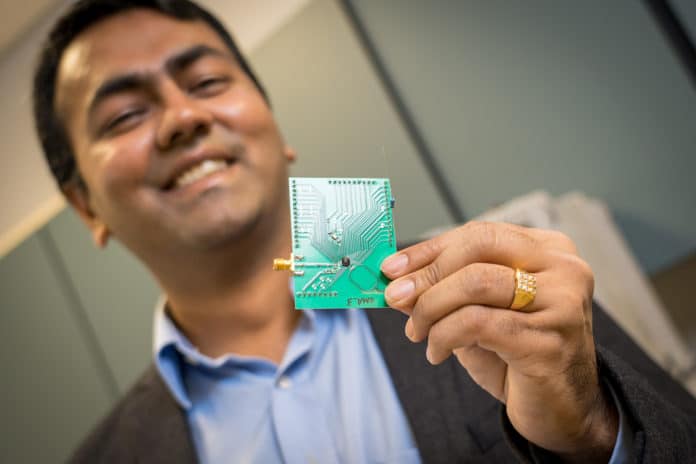Replacing the batteries in a security camera once a month or remembering to charge a smart speaker is not such a difficult task, but if there are several dozen such devices, the maintenance, and the energy required increases. But thanks to the new invention, the Internet of Things (IoT) devices won’t need separate power supplies, frequent charging, or large batteries.
The electrical engineers at the University of California San Diego have developed a new ultra-low-power Wi-Fi radio integrated in a small chip for the Internet of things devices. With sizes no bigger than rice grains, the device boasts an amazing energy efficiency. It consumes only 28 microwatts of power, which is 5,000 times lower than standard Wi-Fi radios. At the same time, this chip can transmit data as far as 21 meters at a rate of 2 Mbps, which is enough for decent quality video.

The invention is based on a technique called backscattering. The transmitter does not generate its own signal, but takes the incoming signals from the nearby devices (like a smartphone) or Wi-Fi access point, modifies the signals and encodes its own data onto them, and then reflects the new signals onto a different Wi-Fi channel to another device or access point. This approach requires much less energy and gives electronics manufacturers much more flexibility.
With the tiny Wi-Fi chip, the IoT devices will no longer need to charge frequently or need large batteries, but can also allow smart home devices to work completely wirelessly and even without batteries in some cases.
The developers note that the new transmitter will significantly increase the operating time on a single charge of various Wi-Fi battery sensors and IoT devices, including, for example, portable video cameras, smart voice speakers, and smoke detectors. Reducing energy consumption in some cases will allow manufacturers of sensors to make their devices even more compact by switching to using less capacious batteries.
The development of American scientists will be presented at the International Conference ISSCC 2020 in San Francisco.
